What Size Rug for Living Room is Ideal?
Finding the perfect size for a rug for your living room requires taking into account a number of criteria. This article provides guidelines for determining the optimal rug dimensions based on your living room’s size and layout. With some planning and measurement, you can select a rug that anchors the space, defines sitting areas, and ties the whole room together. The right-sized area rug can combine your living room’s style and make the space feel complete. Continue reading this blog post by Diamond Rug Gallery to find out more.
Contents
Measure Your Living Room
When determining to choose what size rug for living room , the first step is accurately measuring the space’s dimensions.

This will allow you to visualize how a rug of a certain size will fit and determine if it’s too small or too large for the room.
Use a tape measure to find the length and width of the living room. Be sure to measure wall-to-wall, including any doorways or openings. It’s helpful to sketch out a basic floor plan to scale with the measurements noted. Having the exact room dimensions will make shopping for a properly sized rug easier.
Focus on the main conversation or furniture area you want to define with a rug. Measure the open floor space that will be under the rug itself, not including areas under furniture. Add 12-18 inches beyond furniture placement for sufficient rug coverage. This ensures you get a rug large enough for the space, with some visible floor showing around the edges.
Accurately measuring your living room is the critical first step in determining what size rug will work best in the space. Knowing the room’s dimensions will inform all your other rug-size decisions.
Consider Furniture Layout
When choosing a rug for your living room, it’s important to consider your furniture placement. You’ll want your rug to be large enough to anchor your seating areas without having furniture hanging off the edges.
Generally, you’ll want the front legs of your sofas, chairs, and other seating on the rug. This creates a cohesive layout and defines the sitting area. Having furniture half on and half off the rug can look smooth and cohesive.
If your main sofa is against the back wall, ensure there is enough rug space in front of it so people can walk in front of the sofa without stepping off the rug. Leave at least 18-24 inches of rug space in the walking area.
Choose a rug size that encompasses the entire seating area for open floor plans or conversational seating arrangements. That way, people can easily move between chairs and sofas while remaining on the rug.
When determining rug size based on furniture, it’s a good idea to create a rough layout sketch to visualize placement. This will help you understand how much floor space the rug needs to cover.
No matter your furniture configuration, anchoring the legs of your seating creates a polished, pulled-together look for your living room.
Leave Some Floor Space
When choosing a rug for your living room, it’s important not to cover the entire floor with a rug. Leave at least 18-24 inches of bare floor showing around the room’s edges.
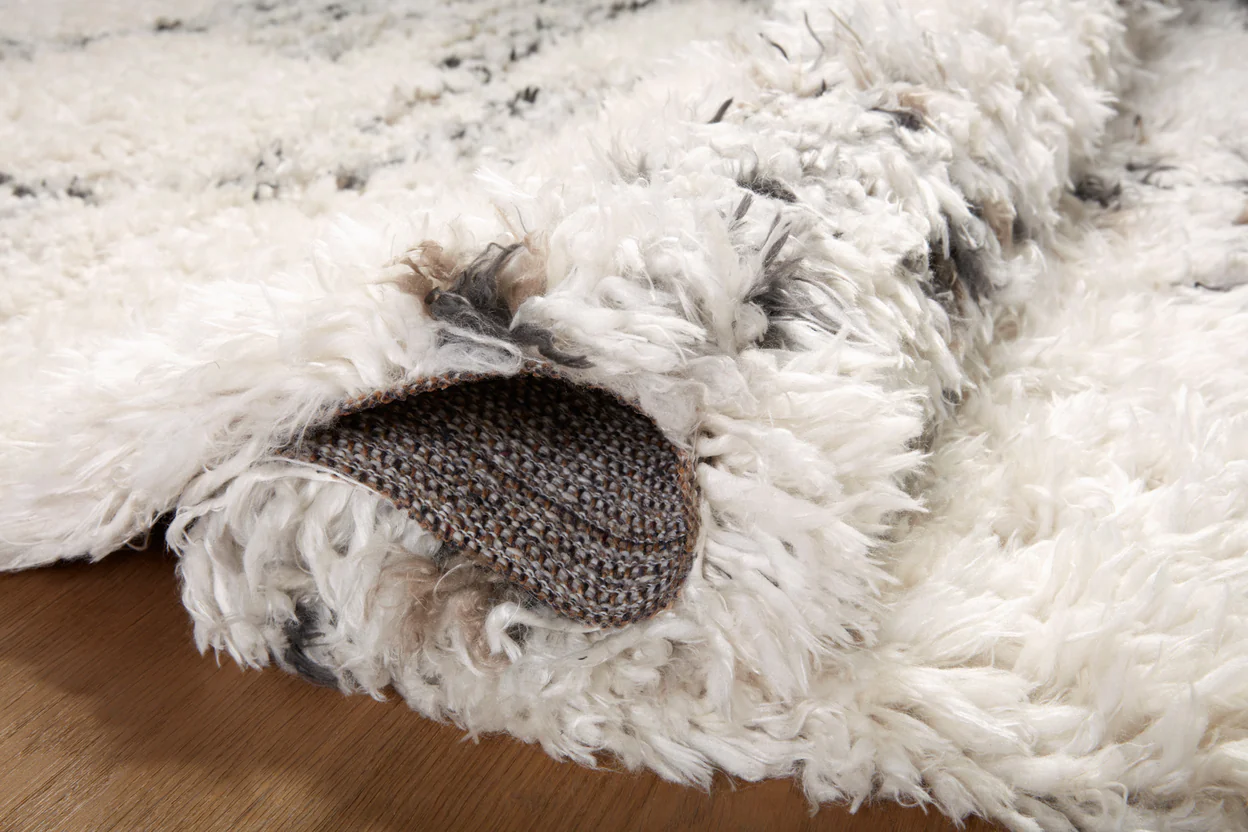
This creates a visual border that defines the rug area and makes the space more open.
Completely covering hardwood or tile floors with a large rug makes the room feel smaller and boxed in. It also hides the beauty of the flooring material. Leaving some floor space exposed allows the flooring to complement the rug and gives a room a more expansive, airy feel.
Ensure there is enough bare floor showing on all sides of the rug. The most common mistake is purchasing a rug that is too small and needs to be more visually visible in the room. Anchor the rug by allowing a healthy border. This also makes the rug look more intentional.
When arranging furniture like sofas and chairs on the rug, leave some space between the furniture legs and the edge of the rug. You don’t want the front legs on and the back legs off the rug. Leave some breathing room all around.
Creating this framed look elevates the rug as a design element in your living room. It keeps the space visually balanced and allows the beauty of your flooring and rug to shine.
Size Under Dining Tables
When choosing a rug under your dining table, you’ll want one large enough to fit the table and chairs while extending past the edges. Here are some guidelines for sizing a dining room rug:
- At least 24 inches of rug should protrude past the ends of the table. This prevents chairs from slipping off the rug as diners push them back from the table.
- The rug should be at least 12 inches longer on the sides than the margins of the table. This gives the eating area a visible boundary.
- For round tables, the rug should be at least 12–18 inches wide around the edge of the table.
- If your dining chairs have arms, ensure the rug extends far enough on each side so the arms don’t hang over the edge. Leave at least 18-24 inches beyond the arms.
- The rug should be long enough so that the front chair legs remain on the rug when pulled out from the table.
- An 8-12 feet long and 6-9 feet wide rug for formal dining rooms can comfortably fit a table and 6-8 chairs.
- A 6×9 foot or 8×10 foot rug can work well in casual dining nooks.
The key is allowing enough space around the table’s edges for chairs to be tucked in and pulled out without coming off the rug. Following these guidelines will create a proportional dining area where the rug appears manageable under the table and chairs.
Rugs for Conversation Areas
Rugs in conversation areas help define the space and make it feel more inviting. The ideal size of a rug for a seating area depends on the furniture layout.
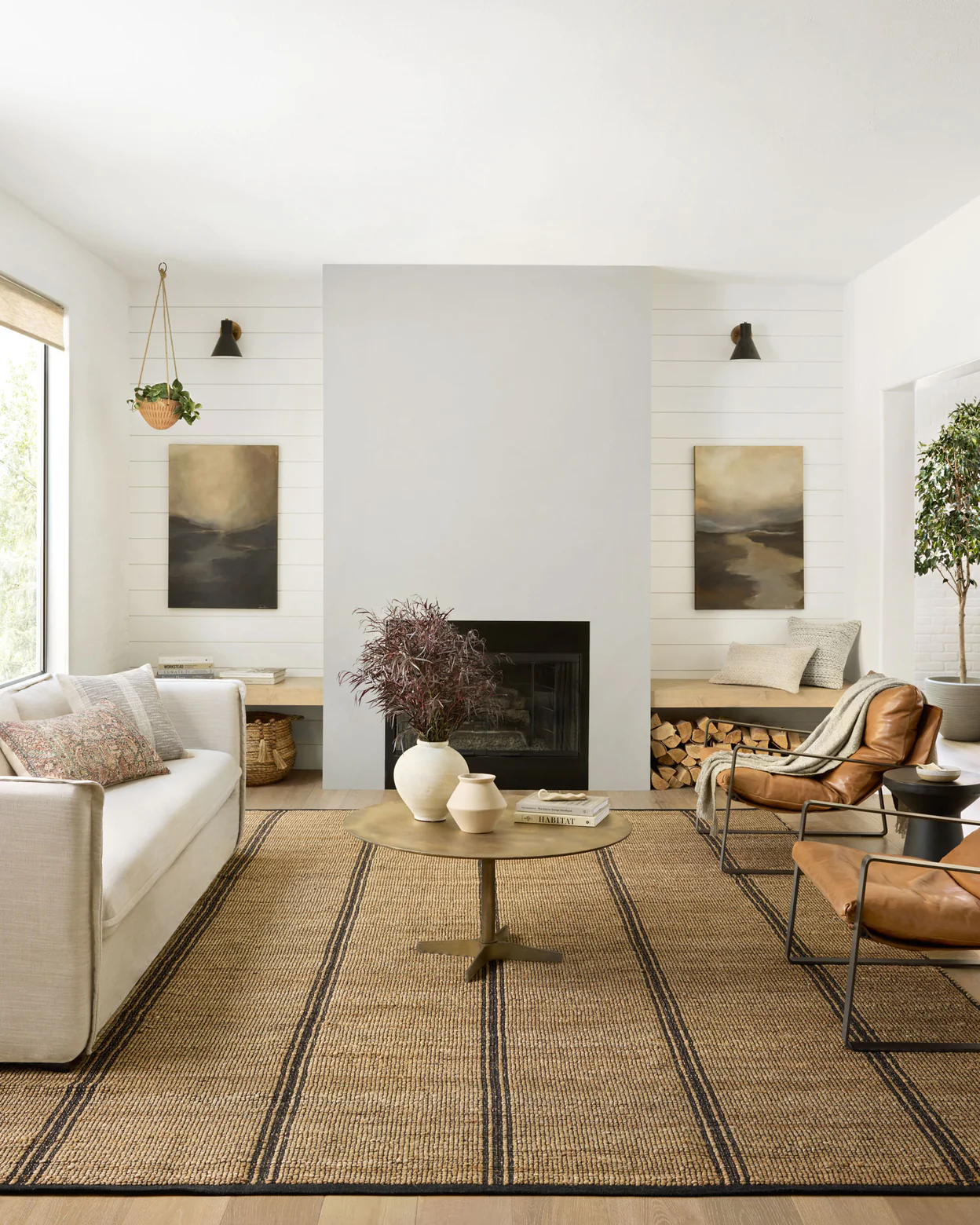
A 5×8 or 6×9 rug provides enough coverage without excess overhang for a single couch or loveseat. Place the front legs of the couch on top of the rug. For a conversational seating area with two couches or chairs facing each other, an 8×10 or 9×12 rug helps unite the space. Make sure all front legs can fit on the rug without hanging off the edge.
A rug at least 8×10 feet allows all pieces to sit on top of a coffee table with a couch and two chairs. An 8×10 rug works for a sofa and two armchairs around a coffee table. Size up to a 9×12 rug if using oversized or sectional seating.
The rug should be large enough that people can sit comfortably with their legs on the rug, not hanging off the edge. But only size up a little, as you want at most 12-18 inches of rug showing around the sides of the furniture grouping.
Runners in Hallways
Hallway runners serve both practical and decorative purposes in a home. Their recommended width depends on your particular hallway dimensions and layout.
Some guidelines for choosing hallway runner sizes:
- For narrow hallways (3-4 feet wide), opt for a 2-3 feet wide runner. This will fit the hallway without overwhelming the space.
- For medium hallways (5-8 feet wide), a 3-5 foot wide runner is ideal. Make sure to leave some bare floor showing on either side.
- Wide hallways (8+ feet) can accommodate fuller-sized runners up to 6 feet wide if desired. However, leaving some floor space on either side helps maintain an open feel.
- Choose a wider runner that spans most of the hallway width in high-thigh-traffic areas—doors from excessive wear.
- Near doors, the rug runner should extend at least 18-24 inches beyond the swing radius to catch dirt and moisture.
- Runners meant for hallways are typically long and narrow in shape. But you can also use oval or rectangular rugs.
- Use multiple runners strategically placed for hallways with intersections or traffic from multiple directions.
The ideal hallway runner dimensions come down to your particular space and needs. Follow the recommended width guidelines, but be bold and get creative! Proper runner sizes will keep your hallways neat while providing practical floor protection.
Rug Sizes for Different Rooms
What size rug for living room is the best one?
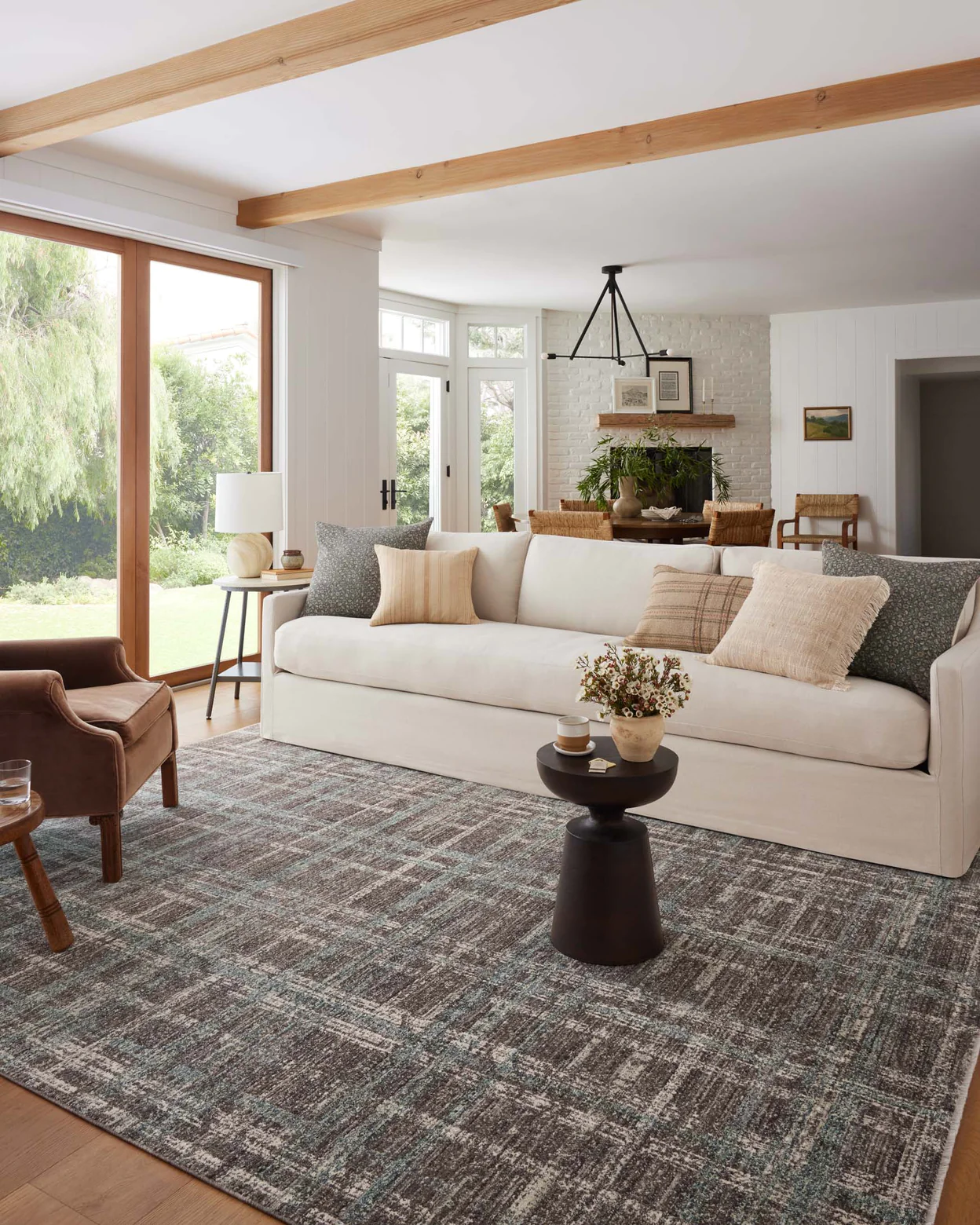
The size you select can greatly impact how the space looks and functions. The general guideline is that smaller living rooms need a larger rug that fills most of the floor, while bigger rooms can use smaller rugs. Here are some typical size recommendations based on your room dimensions:
Small Living Room (up to 12 x 12 feet)
For a cozy living room, choose a rug that fits under your furniture, with about 18-24 inches of floor showing around the edges. An 8 x 10-foot or 9 x 12-foot rug works well here.
Medium Living Room (12 x 15 feet)
Look for a rug in the range of 9 x 12 to 10 x 14 feet. This gives you enough floor space around the rug while letting it define the seating area.
Large Living Room (15 x 18 feet or bigger)
You have room to play with in a spacious living room. An 8 x 10 foot, 9 x 12 foot, or even smaller rug can work nicely. Place it under the main furniture grouping while leaving the surrounding floor open.
Extra Large Living Rooms (18 x 24 feet or bigger)
For extra-large spaces, you can use multiple rugs to define different zones. For example, place a 9 x 12 foot rug under the living area and an 8 x 10 foot rug under the dining table. Or do one large rug for the main area, like 12 x 15 feet.
No matter your exact dimensions, measure carefully and visualize the rug size in the room. Scale down the size if you want more floor space around the edges. Consider going bigger for open floor plans to anchor the living and dining areas together. The right-sized rug can really pull your living room together!
Avoid Rug Islands
When selecting and placing rugs in a room, it’s important to avoid creating “rug islands.” A rug island occurs when a rug does not reach under furniture pieces, leaving them seemingly stranded on an island surrounded by floor.
Rug islands break up a room’s visual flow and make furniture placement look haphazard. They also expose more floor space, making a room feel cold and empty.
The best practice is to size your rug to extend underneath the front legs of sofas, chairs, and other furniture. This creates a unified look that anchors the furniture to the rug.
If your rug is too small to reach all the furniture, consider upsizing it to the next standard size. Another option is rearranging furniture so items sit entirely on or off the rug.
Floating furniture between a rug and the floor is an amateur decor mistake. Always aim for full furniture coverage to avoid rug islands. Proper rug size and placement establish a polished, intentional look in living spaces.
Frequently Asked Questions
You asked, we answered:
The rug size can either define a space or complement an existing layout. If the furniture is arranged in a cluster, a rug that encompasses that area could tie the space together. For rooms where the furniture is against the wall, consider a rug size big enough for the front legs of all furniture to rest on.
There is no standard rug size for living rooms as it depends on personal preference, room size, and furniture layout. However, common rug sizes range between 5×8, 8×10, and 9×12 feet.
Generally, it is recommended to leave between 12 to 18 inches of bare floor space between the edges of the rug and the walls of the room. This creates a balanced look and makes the room appear larger.
Yes, using multiple rugs can define different areas within the same room, especially in open-concept spaces or large living rooms. Each rug should still be sized appropriately based on the furniture within its defined area.
Summary
When choosing what size rug for living room, there are a few key factors to consider:
- Measure your living room space carefully, accounting for any furniture. Leave enough open floor space so the rug doesn’t dominate the room.
- Think about your furniture layout and where you want your main conversation areas to be. Size your rug to fit nicely under these spaces.
- Ensure any dining table and chairs sit comfortably on the rug without any edges peeking out.
- For narrow spaces like hallways, a runner rug is a great option to add color while leaving floor space.
- Consult standard rug size charts to find the right dimensions for living rooms, keeping proportions balanced. Oversized rugs can make rooms feel smaller.
- Avoid creating “rug islands” where furniture sits separately from a large central rug. This usually looks disjointed.
- Consider your lifestyle and choose natural fiber rugs like wool if you have pets or kids. Prioritize easy care.
With some planning and spatial awareness, you can find the perfect living room rug size to tie your space together. Focus on proportion, functionality, and creating a welcoming feel. Get in touch with Diamond Rug Gallery to receive premium rug products and services.

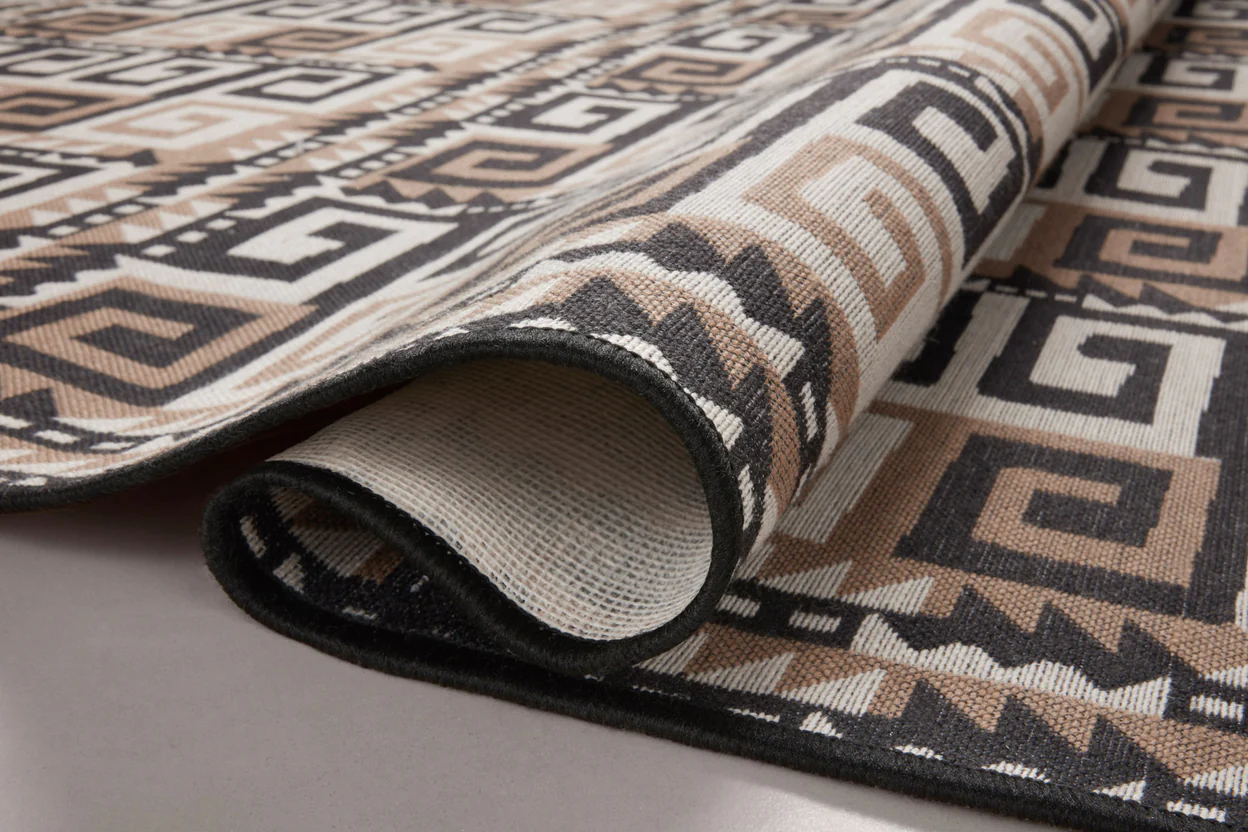


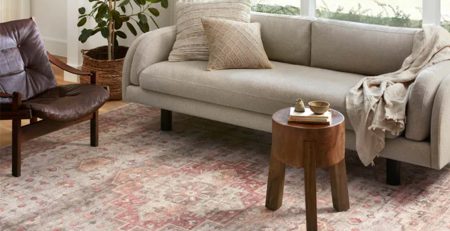
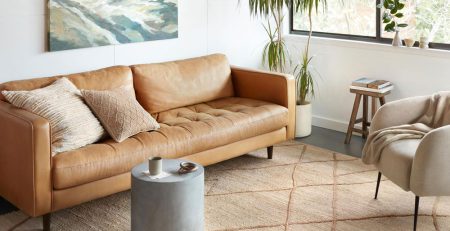
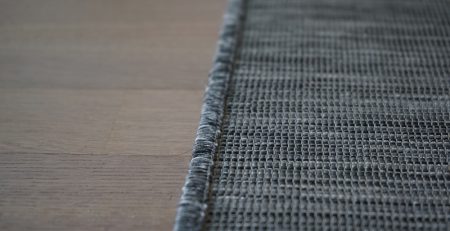




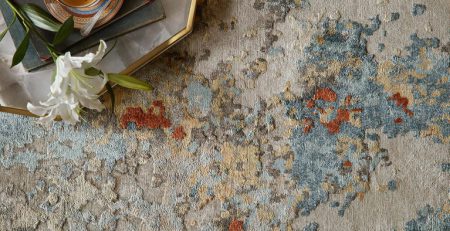
Leave a Reply